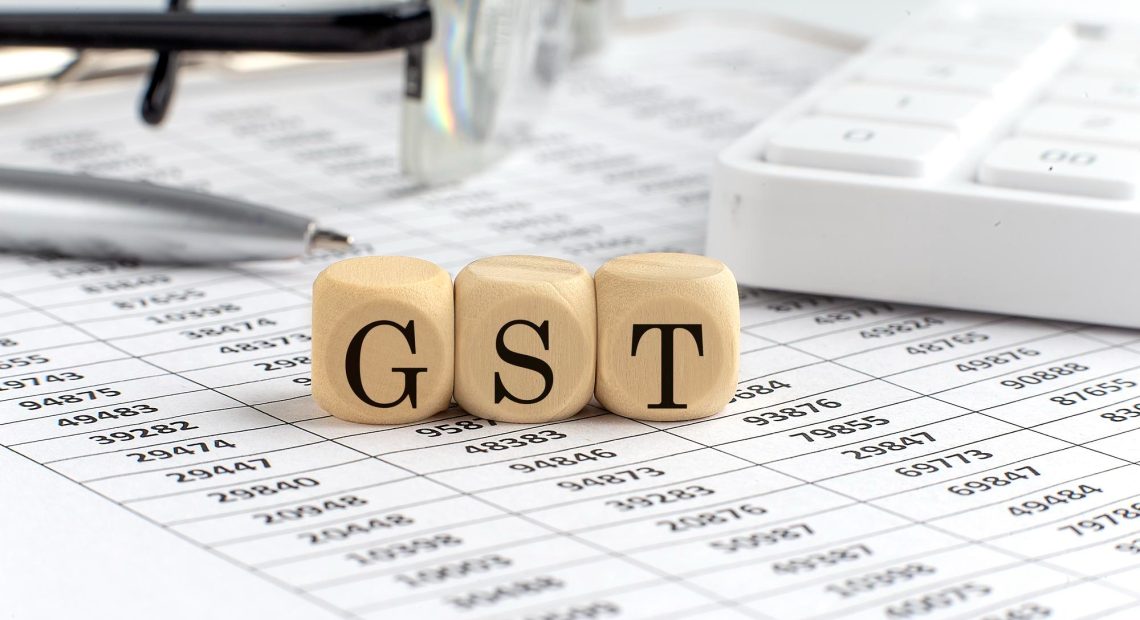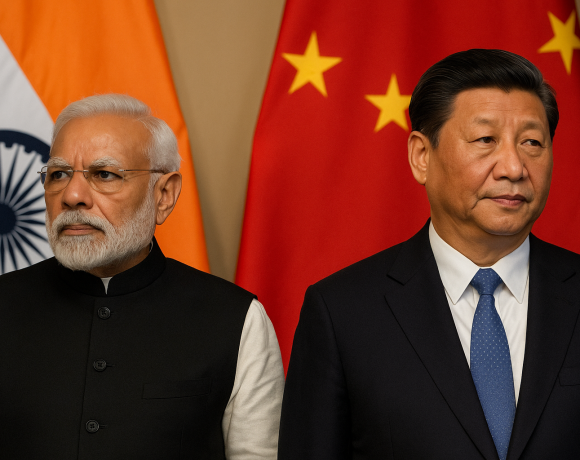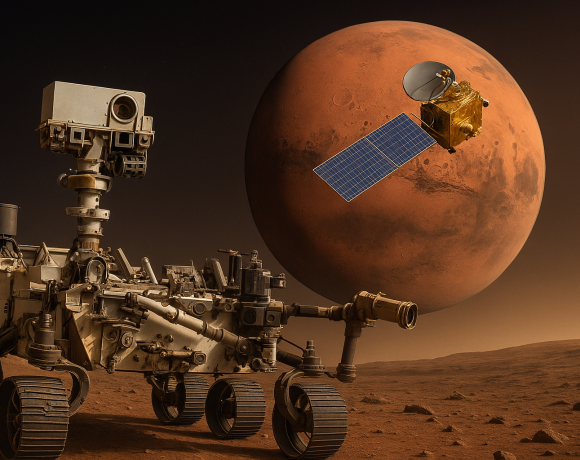
From Diwali Discounts to Demand Surges: Why GST Reform Could Be 2025’s Big Economic Story
Prime Minister Narendra Modi’s August 15 announcement of next-generation GST reforms, set for implementation by Diwali 2025, is more than just a festive season headline. It’s a structural overhaul designed to touch both the everyday essentials that drive rural markets and the big-ticket items that sway urban consumption patterns. By targeting two critical slabs — cutting the 12% rate to 5% for most items and considering a reduction of 28% non-sin goods to 18% — the government is signalling an aggressive push for broad-based demand stimulation.
12% → 5% FMCG Price Cut – Everyday Goods, Extraordinary Impact The 12% slab currently covers staples like butter, ghee, pickles, jams, coconut water, almonds, and umbrellas. Our price modelling shows that a full pass-through to consumers will result in a 6.25% retail price drop. In highly price-sensitive rural and semi-urban markets, such cuts could drive 5–8% volume growth. With the FMCG sector’s FY26 baseline revenue growth at 6–8%, the GST change could lift it to 7.5–10.5%.
Representative Basket Savings (12% to 5%):
Butter (500g): ₹305 → ₹285.94 (₹19.06 saved)
Ghee (1L): ₹585 → ₹548.44 (₹36.56 saved)
Almonds (1kg): ₹1,000 → ₹937.50 (₹62.50 saved) Average saving across basket: ₹22.51 (6.25%).
Corporate Winners:
Hindustan Unilever (HUL): Kissan jams, spreads — strong in processed foods with rural penetration.
ITC: Aashirvaad ghee, B Natural juices — benefits from dual rural-urban reach.
Amul: India’s largest dairy brand — price cut boosts competitiveness over unbranded dairy fats.
Dabur: Real juices, pickles — likely festive-season uplift.
Patanjali: Traditional food categories with strong price-sensitive consumer base.
28% → 18% Non-Sin Goods – Big-Ticket, Bigger Ripples Excluding sin goods like tobacco and caffeinated energy drinks, the high-tax 28% category still holds cement, air-conditioners, dishwashers, non-caffeinated aerated drinks, premium motorcycles, and some passenger vehicles. A cut to 18% would make these goods 7.81% cheaper.
Elasticity-based Impact:
Cement (e=0.6): Units +4.7%, Revenue −3.5%.
ACs (e=1.2): Units +9.4%, Revenue +0.8%.
Dishwashers (e=1.5): Units +11.7%, Revenue +3.0%.
Premium motorcycles (e=0.5): Units +3.9%, Revenue −4.2%.
Mid-size cars (e=0.4): Units +3.1%, Revenue −4.9%.
Representative Price Drops (28% to 18%):
Cement 50kg bag: ₹400 → ₹368.75 (₹31.25 saved)
AC (1.5 ton inverter): ₹42,000 → ₹38,718.75 (₹3,281.25 saved)
Bosch Dishwasher: ₹55,000 → ₹50,703.13 (₹4,296.87 saved)
Royal Enfield Interceptor 650: ₹3,20,000 → ₹2,95,000 (₹25,000 saved)
Corporate Winners:
Cement: UltraTech, Shree, Ambuja/ACC, Dalmia Bharat — volume growth supports market share gains.
Consumer Durables: Voltas, Blue Star, Havells (Lloyd) — AC demand spike in summer/festive months.
Appliances: IFB, Whirlpool — dishwasher category expansion in metros and tier-1 cities.
Premium Motorcycles: Eicher Motors (Royal Enfield) — potential for showroom footfall growth.
Autos: Maruti Suzuki, Tata Motors, Mahindra — conditional benefits if base GST reduced for certain models.
Revenue Reality Check – The Nuances Behind the Numbers While GST cuts often evoke the image of surging revenues, the actual outcome depends heavily on category elasticity and market behaviour:
Inelastic Categories (Cement, Autos, Premium Motorcycles): Even with higher units sold, the revenue drop from lower tax-inclusive prices may outweigh gains. Companies may need to retain part of the tax cut to protect topline.
Moderately Elastic Categories (ACs, Refrigeration, Select Appliances): Likely to see near-flat to marginally positive revenue growth due to a balance of increased units and reduced per-unit prices.
Highly Elastic Categories (Dishwashers, Certain FMCG Essentials): Both volume and revenue can climb, aided by consumer adoption curves and organised sector penetration.
Government Revenue: Short-term GST collection dips are possible, but as the consumption base widens, collections can recover — the timing of this recovery will depend on supply chain readiness and market sentiment.
Economic Ripple Effects
Synchronised rural and urban demand.
Organised sector gaining from reduced price gaps with unorganised players.
Spillover into allied sectors: construction materials, logistics, retail chains.
Risks: partial pass-through, dealer margin retention, festive season supply bottlenecks.
Conclusion – High Stakes for Policy and Economy If executed decisively, these GST cuts could create the most significant consumption surge in over a decade. The government must balance short-term fiscal sacrifices against the strategic prize of sustained growth. Framing this as a Diwali “gift” works politically, but effective execution will determine its economic legacy.
This article has been developed in partnership with Statscope India, which provided data modelling, sector elasticity calculations, and price impact analysis.
Darshan Walawalkar, Partner, Statscope India: “GST reform is not just about lowering tax rates; it’s about recalibrating India’s consumption engine. If implemented decisively, this cut can synchronise rural and urban demand in a way we haven’t seen in over a decade.”
Arun Durairajan, Partner, Statscope India: “The price elasticity maths makes it clear — strategic GST rate adjustments can generate far more economic momentum than traditional stimulus measures, provided they are targeted and backed by robust supply chains.”


















